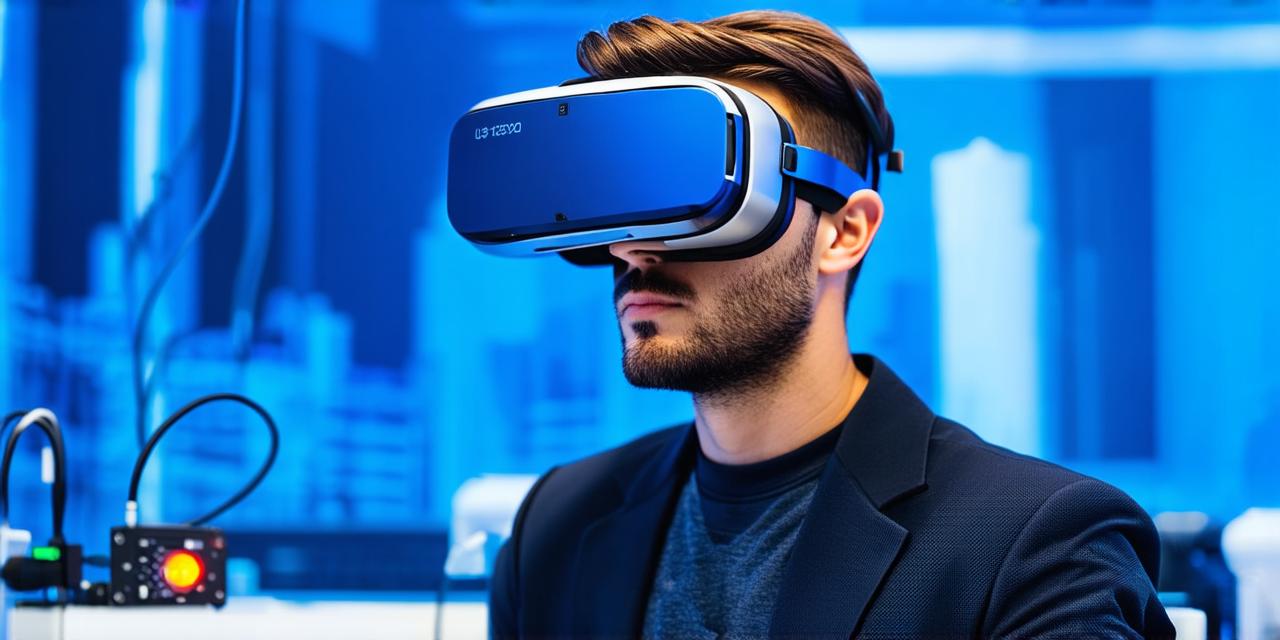
What is the purpose of virtual reality headsets?
Virtual reality (VR) technology has revolutionized the way we experience immersive media, from gaming to training and education. VR headsets are the devices that allow us to enter virtual worlds, providing a realistic and engaging visual experience.
The Purpose of Virtual Reality Headsets
Virtual reality headsets serve as the primary interface between the user and the virtual environment. They consist of a display screen that presents 3D graphics, a tracking system to track the user’s movements, and a headset that sits on the user’s head. The purpose of VR headsets is to provide an immersive experience that simulates the physical world in a realistic manner.
Benefits of Virtual Reality Headsets
Virtual reality headsets offer several benefits for users, developers, and businesses alike. Here are some of the most notable benefits:
- Training and Education: VR headsets provide an immersive learning environment that allows students to experience real-world scenarios in a safe and controlled setting. This is particularly useful for training medical professionals, military personnel, and emergency responders. For example, surgeons can practice complex procedures on virtual patients, while pilots can simulate flight scenarios without risking their lives.
- Gaming: VR headsets are most commonly associated with gaming, providing a highly immersive and interactive experience for players. Games designed for VR headsets offer a level of realism that traditional games cannot match, allowing players to truly feel like they are part of the game world.
- Entertainment: Virtual reality headsets can also be used for entertainment purposes, such as watching movies or attending concerts in virtual environments. This provides users with a unique and memorable experience that they cannot get anywhere else.
- Design and Architecture: VR headsets are increasingly being used by designers and architects to visualize and test their creations before they are built in the real world. This allows them to make changes and adjustments in a virtual environment, saving time and money on physical construction.
- Tourism and Hospitality: Virtual reality headsets can be used to provide tourists with a virtual tour of popular destinations, allowing them to experience the sights and sounds without leaving their homes. This is particularly useful for people who are unable to travel due to financial or health reasons.
How Virtual Reality Headsets Work
Virtual reality headsets work by presenting stereoscopic displays that simulate depth perception, creating a 3D image in the user’s eyes. The tracking system uses sensors to track the user’s movements, adjusting the display accordingly to create an immersive experience. Some VR headsets also incorporate haptic feedback, which allows users to feel physical sensations such as vibrations or force feedback.
Conclusion

Virtual reality headsets serve a crucial role in providing an immersive and interactive experience for users across various industries. The benefits of VR technology are numerous, from training and education to gaming and entertainment. As virtual reality continues to evolve, we can expect to see even more innovative uses for this technology in the future.
FAQs
- 1. How do virtual reality headsets work?
- 2. What industries use virtual reality headsets?
- 3. Can virtual reality headsets be used for education and training purposes?
- 4. What are some of the benefits of using virtual reality headsets for gaming?
- 5.


